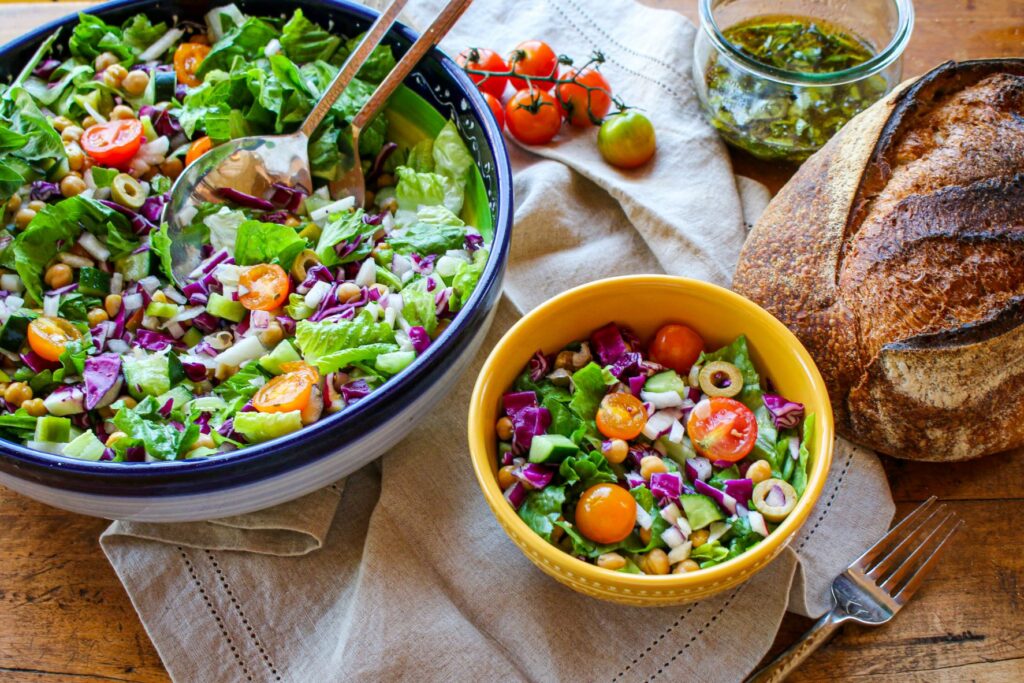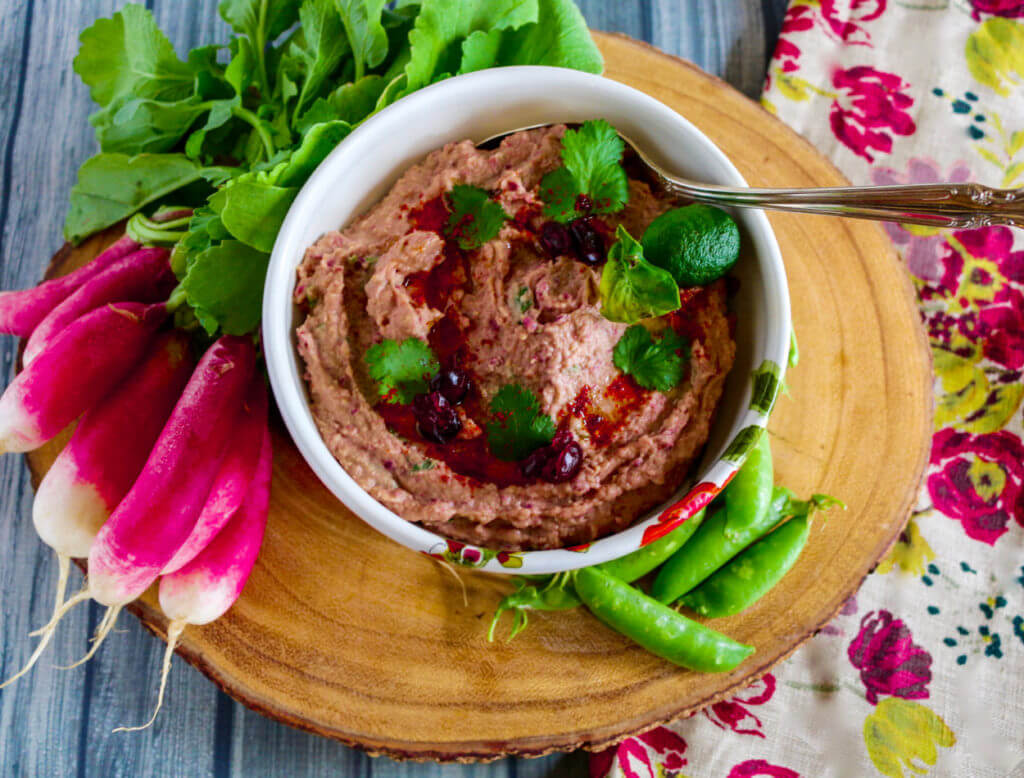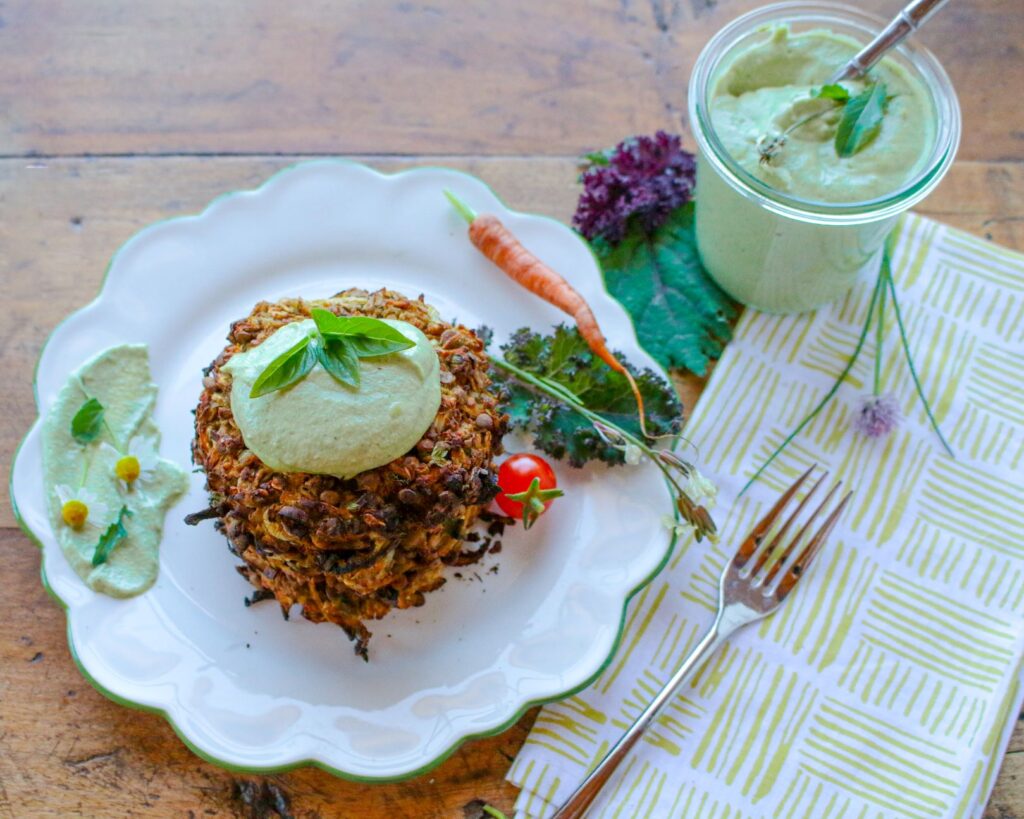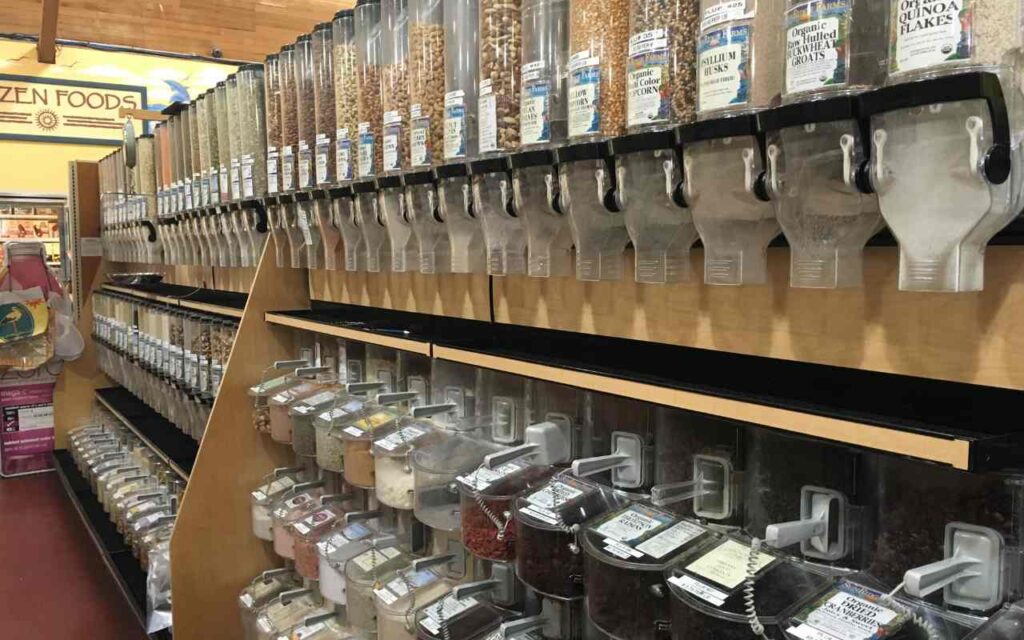
Learn how you can reduce your environmental footprint with healthier kitchen habits with these top 7 Environmentally Friendly Kitchen Tips from Dietitians, covering issues like sustainable food choices, trimming food waste, and eating more whole, plant-based foods.
What you put on your plate and how you prepare it, can make a huge impact on your environmental footprint. The foods you purchase, your travel to and from markets, how much food you waste, and how you prepare meals all factor in to our planetary degradation, including water and land use, greenhouse gas emissions produced, and pollution entering the environment. That’s why I’m so excited to share these seven easy tips for greening your kitchen from some of my favorite dietitians. Remember, your personal eating style is one of the most powerful things you can do, as an individual, to lighten your footprint on Mother Earth. So do your best to cut down on food waste, eat mostly plants, and eat more whole foods and you can make a big difference. Let’s get greener together!
7 Environmentally Friendly Kitchen Tips from Dietitians

1. Use Your Vegetable Scraps
Cut food waste by saving all of your scraps from vegetables that don’t go into the recipe. They can be put to good use later on, such as in home-made vegetable broths, smoothies, or soups. “Anytime you are chopping vegetables, keep the peels of carrots, ends of onions, etc. and store in the freezer. Once you have a good amount you can make a homemade broth,” says Julie Harrington, RD.

2. Use the Whole Vegetable
Don’t be afraid to use the entire vegetable, from root to stem, in many recipes, such as soups, stews, salads, and side-dishes. “Beet greens, carrot greens, kale stems – they can all be sautéed into a delicious stir-fry or pureed into a peppery dressing!” says Whitney English, RDN.

3. Plan Your Meals
Before you head to the supermarket, take inventory of your food stock and try to make sure to use up perishables first. “Plan your meals for the week based on what you already have in your kitchen. This helps reduce food waste and ensures you have healthy meals on the table for the week!” says culinary nutrition expert Jessica Levinson, MS, RDN, CDN. “Prep food so it’s easily accessible and ready to eat. That majorly reduces food waste for me. I also keep foods that are on their way out (or close to it) right in the front of my fridge so I’m reminded of them,” says Rebecca Clyde MS, RDN, CD, Nourish Nutrition.

4. Become Friends with Your Freezer
Keep an eye on leftovers in your fridge and freeze them if you won’t be able to use them before they go bad—those leftovers will come in handy on busy nights. Don’t forget to inventory your freezer to avoid food waste too. “Many leftovers sit in the fridge too long and must be thrown away. If you know that you may not eat your leftovers such as soup, chili, bread, beans, and even cookies before they go bad, find a freezer bag or container, freeze time, and save those leftovers for another meal,” says Sarah Pflugradt, MS, RDN, LDN.

5. Eliminate Single Use Kitchen Items
Avoid waste from other items in the kitchen, such as from paper towels and napkins. “Invest in cloth or microfiber napkins and towels. These reusable, long lasting clothes may have a startup investment cost, but you’ll never have to worry about scrambling to refill the paper towel holder or killing trees when you’re cleaning up a spill,” says Nikki Nies, RDN, We Dish Nutrition. “Use bee’s wrap instead of plastic wrap – it’s washable, reusable, and compostable!” says Gillean Barkyoumb, MS, RD, Millennial Nutrition.

6. Shop in Bulk
You can reduce highly processed foods intake, plastics, and even shopping dollars by avoiding packaging in foods. “Help reduce packaging waste and eliminate over processing, therefore keeping our planet and our bodies healthy. Extra credit if you bring your own reusable container and subtract the weight from the total amount. You can find almost any product you need in bulk: coffee, tea, spices, baking ingredients, beans, nuts, pasta, grains, and even beer and wine,” says Erin Hendrickson, RDN, blogger at Minimalist RD.

7. Choose More Whole Plant Foods
Putting more minimally processed plant foods, and fewer animal foods in your shopping cart is a powerful action to fight climate change. “Eating a more plant-based diet, with lower amounts of animal foods and a focus primarily on whole plant foods—beans, lentils, whole grains, vegetables, fruits—has the lowest environmental footprint compared to other diet patterns,” Sharon Palmer, MSFS, RDN.
Images: Sharon Palmer, MSFS, RDN
For other blogs on sustainable eating, check out the following:
6 Ways to Cut Your Food Waste
4 Ways to Eat for the Environment
Grow Your Own Food Toolkit
Cooking Tips for Environmental Sustainability

